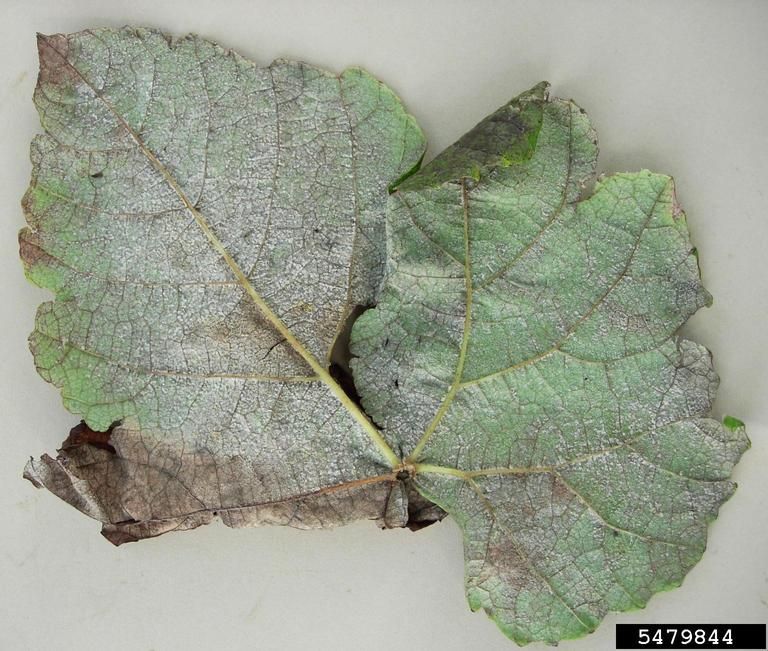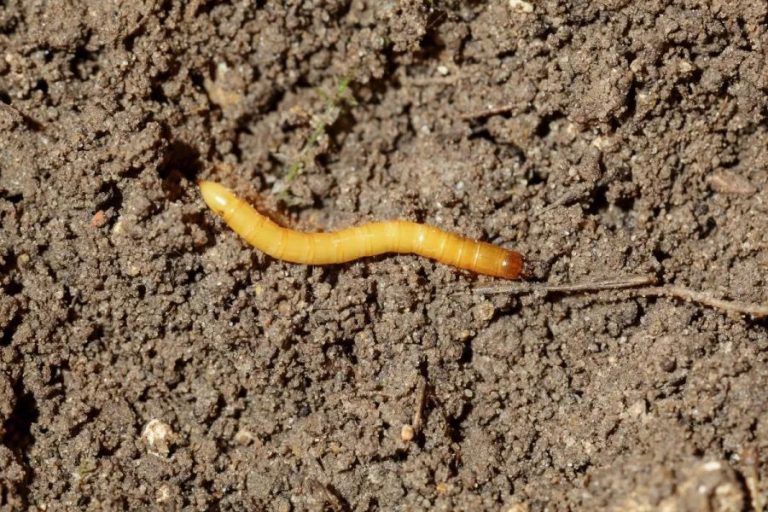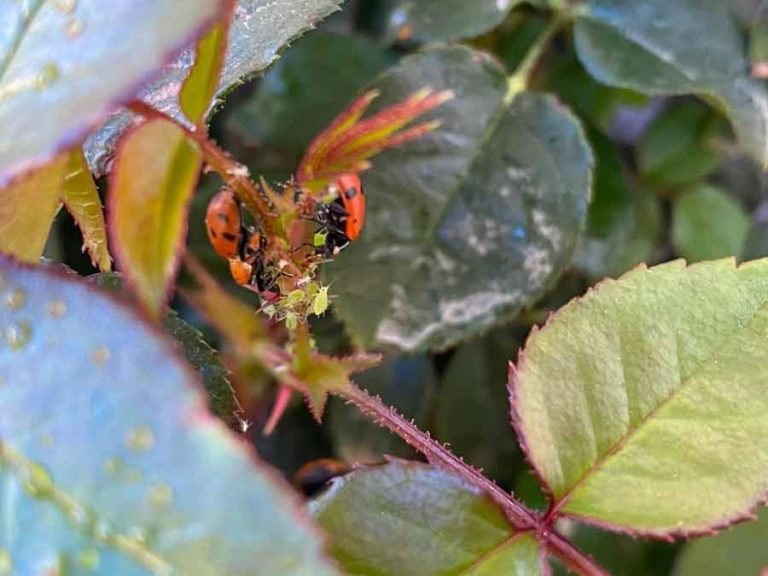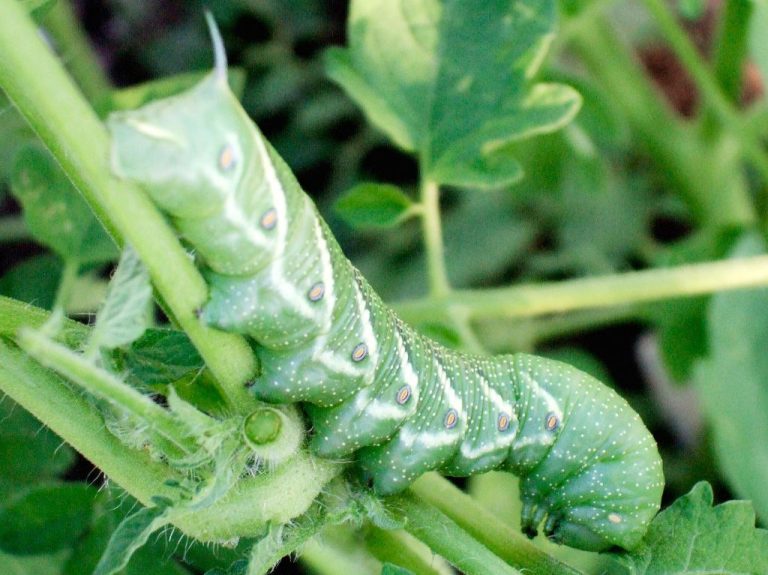Identifying And Treating Downy Mildew On Grapevines: Protecting Your Grape Harvest
Downy mildew is one of the most destructive fungal diseases affecting grapevines worldwide. The disease is caused by the oomycete Plasmopara viticola, which can infect all green parts of grapevines, but primarily attacks the leaves and fruit. If left uncontrolled, downy mildew can defoliate vines, greatly reduce yields, and negatively impact fruit quality.
Downy mildew represents a major threat to grape harvests because it thrives under the same moderate temperature and high humidity conditions that are ideal for growing grapes, allowing the disease to spread quickly under conducive conditions. The pathogen also has a high reproduction rate and can evolve resistance to fungicides. Once downy mildew becomes established in a vineyard, it requires vigilant monitoring and proactive treatment to avoid significant crop and economic losses. Protecting grape harvests depends on understanding the disease cycle of downy mildew, scouting vines to detect problems early, and utilizing integrated pest management practices to control this destructive disease.
What is Downy Mildew?
Downy mildew is a fungal grapevine disease caused by the oomycete Plasmopara viticola. It can infect all green parts of grapevines, especially the leaves and young shoots. The fungus spreads quickly and can severely impact grape yields if left uncontrolled.
Downy mildew first appears as yellowish, oil-like lesions on leaves. These lesions then turn brown and necrotic. During humid conditions, downy gray fungal spores appear on the undersides of infected leaves, giving the disease its name. The spores are spread by wind and rain to infect new growth and other vines.
According to the American Phytopathological Society, downy mildew was introduced from North America to France in 1878 and rapidly spread through Europe, nearly destroying the French wine industry (Source 1). It remains a key grapevine disease worldwide.
How Downy Mildew Spreads
Downy mildew spreads primarily through airborne spores called sporangia. During wet, humid conditions, the sporangia are released from infected grape leaves and shoots and become wind-borne. The sporangia can travel significant distances via air currents before infecting new grapevines.
Once a sporangium lands on a wet leaf surface, it produces a structure called a zoospore. The zoospores can swim short distances in water droplets on the leaf surface and then infect the plant through stomata openings. Zoospores require a film of moisture on plant surfaces in order to move and infect the vine.
Rain, fog, heavy dew, and overhead irrigation provide the wet conditions that facilitate sporangia release and zoospore motility. Wind moves the sporangia within and between vineyards. Splashing water from rainfall also helps disperse the spores to new sites of infection [1].
Symptoms of Downy Mildew
The most telltale symptoms of downy mildew infection are yellow spots that develop on the upper surfaces of grape leaves. These spots, known as “oilspots,” have a circular shape and an oily, shiny appearance. They start off small but can expand and merge together into large blotches covering most of the leaf surface. According to the Missouri Botanical Garden website, oilspots “have indefinite margins and a yellowish color initially but become necrotic and turn brown with time.”
On the undersides of infected leaves, a white, downy fungal growth may be visible. As the University of California Integrated Pest Management Program explains, “This downy growth contains the spores (or ‘seeds’) of the fungus that cause more infections.” The downy mildew fungus overwinters on fallen grape leaves and then the spores spread the disease to new growth in the spring via wind and rain splash dispersal.
In addition to leaf symptoms, downy mildew can also cause shoots to be stunted and berries to develop deformities. Severely infected berries often split open and rot. Vigilant monitoring is required to detect early symptoms in leaves so preventative treatments can be applied before extensive damage occurs.

Conditions that Encourage Downy Mildew
Downy mildew thrives in wet, humid, cool weather conditions. Specifically, the optimal temperature range for downy mildew development is 50-86°F (10-29°C), with the ideal being 68-77°F (20-25°C) according to UC IPM. High humidity, fog, heavy dews, and rain promote downy mildew growth and spread. Overhead irrigation can also create favorable humid conditions for the disease.
The pathogen that causes downy mildew (Plasmopara viticola) prefers wet leaf surfaces in order to infect grapevines. Rain and heavy dew assist the fungal spores in penetrating the leaf tissue. Frequent rainfall is very conducive to downy mildew during the growing season. Prolonged periods of leaf wetness allow the disease to rapidly develop and spread. Cool nights and warm days also encourage downy mildew.
Monitoring weather conditions and being aware of the ideal environment for downy mildew is key for early disease detection and prevention. Wet weather calls for vigilance in scouting for symptoms and quick action to protect vines.
Monitoring Grapevines for Early Signs
Regularly monitoring vineyards for the earliest signs of downy mildew is critical for protecting grape harvests. Growers should inspect grapevine leaves at least once a week, especially after rain or heavy dew. According to Michigan Grape Facts, “Regular scouting and monitoring are essential for early detection of downy mildew symptoms and timely intervention.” Focus inspection efforts on the undersides of leaves, as the first visual symptoms often appear there.
When scouting, look for light greenish-yellow spots on upper leaf surfaces. Then flip leaves over to check for fuzzy grayish spores on the undersides. These visible sporulation patches confirm downy mildew’s presence. Monitoring frequently from bud break onward allows infected leaves to be identified and removed before the pathogen spreads. While time-consuming, consistent scouting enables earlier treatment and better protection of grapes.
Preventive Measures
Taking preventive measures is key to protecting grapevines from downy mildew. Since this fungal disease thrives in cool, wet conditions, it’s important to promote air circulation and avoid overcrowding to reduce humidity in the vineyard. Properly spacing rows and pruning canopies allows for better airflow between vines (https://www.canr.msu.edu/news/what_can_be_done_for_late_season_downy_mildew_on_grapes). Trellising systems that keep grape clusters separate can also improve circulation. Additionally, drip irrigation is preferable over overhead watering to minimize leaf wetness. Raking up and removing fallen leaves in the autumn deprives the fungus of overwintering sites.
Applying copper-based fungicides prior to bud break and after rainfall creates a protective barrier on plants. While these sprays do not entirely eliminate the threat of infection, they can help shield developing shoots and leaves during crucial growth stages (https://ipm.ucanr.edu/agriculture/grape/downy-mildew/). Growers should monitor forecasts and spray proactively before downy mildew spores arrive. Repeating applications throughout the growing season is necessary for continued protection.
Treatment Options
Fungicides are the most effective treatment for downy mildew. Preventive fungicides should be applied before infection when conditions favor disease development. These include copper fungicides which protect tissues from infection. According to UC IPM, copper fungicides are considered the most effective for downy mildew prevention and must be applied before infection occurs (https://ipm.ucanr.edu/agriculture/grape/downy-mildew/).
After infection, curative fungicides can help stop further spread. These should be alternated and tank-mixed to avoid resistance. Michigan State University recommends using fungicides with different modes of action in a season for resistance management (https://www.canr.msu.edu/news/late-season-downy-mildew-on-grapes). Both protectant and systemic fungicides are recommended as part of an integrated program.
Always follow all label instructions for proper application methods, rates, and intervals. Monitor often and reapply fungicides after rain or as needed based on conditions. A preventive spray program through pre-harvest is key to protecting the grape harvest from yield loss and quality issues.
Organic and Natural Treatments
There are several organic and natural treatment options for downy mildew on grapevines that can be effective.
Baking soda sprays can help prevent downy mildew by increasing the alkalinity on the grape leaves, creating an environment that is less favorable for the fungal spores to germinate. A solution of 1 tablespoon baking soda per 1 gallon of water can be sprayed on vines every 7-10 days as a preventative treatment (UC IPM).
Milk sprays are another organic treatment option. The proteins in milk can slow the growth and spread of downy mildew spores. A 1:1 solution of milk and water can be sprayed on affected vines every 7-10 days (Managing Downy Mildew in Organic and Conventional Vineyards).
Sulfur is a natural fungicide that can be used to prevent and treat downy mildew infections. It interferes with spore germination and can be applied as a dust or spray. Sulfur should be applied preventatively before rainfall and infection occurs (UC IPM).
Protecting Future Harvests
To prevent downy mildew from recurring and damaging future grape harvests, it’s important to take preventative measures after the growing season ends. Sanitation is key – be sure to remove any fallen leaves, prunings, and fruit debris from the vineyard floor, as the downy mildew pathogen can overwinter in this plant material. Deep plowing or disking the soil after harvest can help bury overwintering spores.
Additionally, planting resistant grape varieties can help prevent downy mildew. According to the University of Maryland Extension (https://extension.umd.edu/resource/downy-mildew-management), varieties such as Catawba, Concord, Delaware, Niagara, Steuben, and others have resistance to downy mildew. Replanting with resistant varieties in areas of the vineyard where downy mildew was problematic can be an effective strategy.
Pruning for good air circulation through the vineyard canopy in the winter and early spring allows sunlight to penetrate and helps reduce humidity levels that favor downy mildew growth. Proper trellising and vine training also promotes airflow. Implementing these sanitation and cultural practices after harvest and before the next growing season will give grapevines the best chance at avoiding downy mildew infection.






